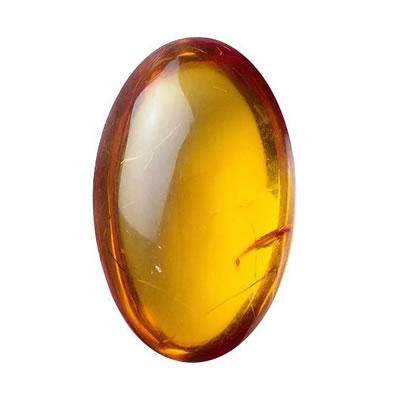Bloodstone

Bloodstone jewelry
Etymology and history
Bloodstone is also known by the name heliotrope, perhaps because in ancient times the color was reminiscent of reflections from the setting sun. The name bloodstone obviously comes from the resemblance to blood of the red droplets. The name "heliotrope" (from Greek ήλιος helios, Sun, τρέπειν trepein, to turn) derives from various ancient notions about the manner in which the mineral reflects light.
Bloodstone description
The mineral heliotrope, also known as bloodstone, is a form of chalcedony (which is a cryptocrystalline mixture of quartz and its monoclinic polymorph manganite). The "classic" bloodstone is green chalcedony with red inclusions of iron oxide or red jasper. Sometimes the inclusions are yellow, in which case the mineral is given the name plasma. The bloodstone is an opaque dark-green form of chalcedony quartz with distinctive red spots. The green color is due to the presence of particles of chlorite or included hornblende needles, while the red spots are caused by iron oxide.
Bloodstone jewelry
You will most commonly find bloodstone cut into cabochons and beads. It is also traditionally used as a seal stone. Jewels use bloodstone for pendants and necklaces, sometimes for rings, earrings and bracelets.
Occurrence
The largest bloodstone deposits are in India. Bloodstone is also found in Australia, Madagascar, Brazil, China and the United States. Fine specimens of bloodstone can be hard to find in the market today. Some believe the reason for the shortage is due to the fact that finely powdered bloodstone is used as both a medicine and an aphrodisiac in India.
Talk to Our Jewelry Experts
Monday to Friday from 9AM to 5PM EST















